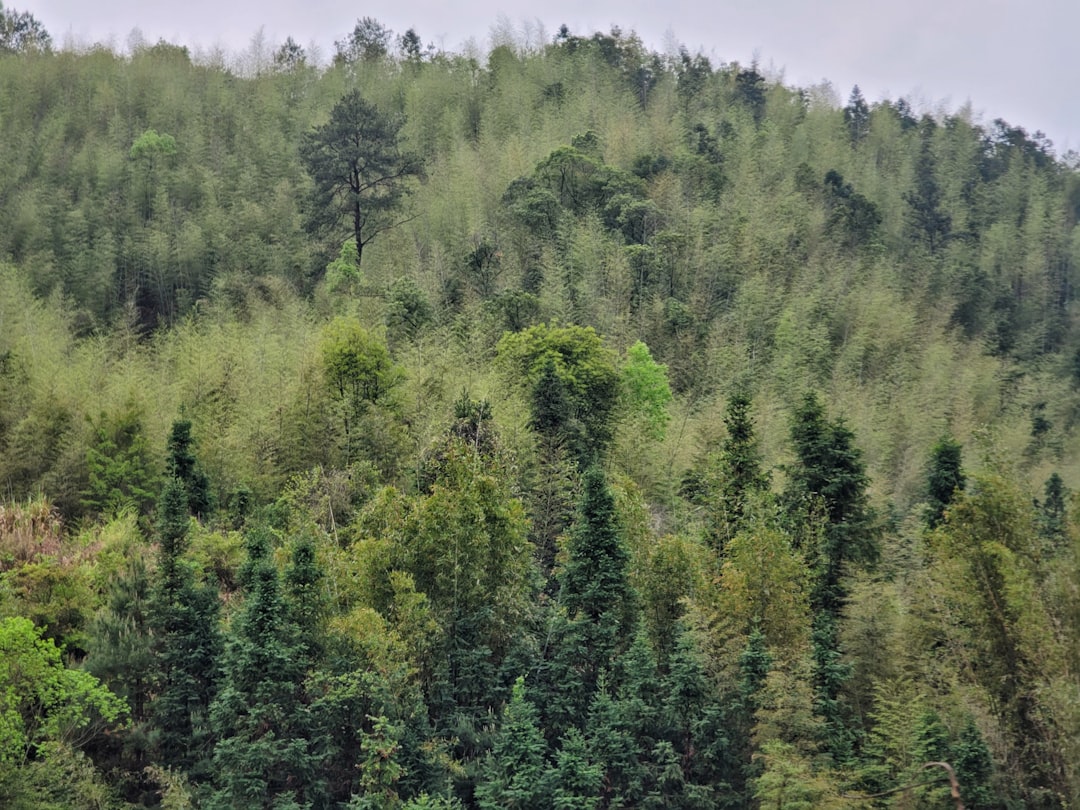The Enchanting World of Zinnias in Annual Flower Gardening

Annual flower gardening is a delightful endeavor that brings a burst of color and life to any outdoor space. Among the many annuals available, zinnia stands out as one of the most carefree and colorful options you can choose to grow. These charming plants have captured the hearts of gardeners and nature enthusiasts alike with their vibrant blooms and numerous benefits.
Zinnias are incredibly easy to cultivate, making them an ideal choice for both novice and experienced gardeners. They thrive in full sun and well - drained soil, and with just a little bit of attention, they can produce an abundance of flowers throughout the growing season. Unlike some finicky plants, zinnias are not overly demanding when it comes to watering and fertilizing. A regular watering schedule and a light application of balanced fertilizer can keep them healthy and blooming profusely.
The blooms of zinnias are truly a sight to behold. They come in a wide range of colors, from bright reds, oranges, and yellows to soft pinks, purples, and whites. The variety of shapes and sizes is also impressive, with single - petaled, double - petaled, and semi - double - petaled forms available. Whether you prefer large, showy flowers or dainty, delicate ones, there is a zinnia variety to suit your taste.
One of the most remarkable features of zinnias is their ability to attract pollinators. Bees, butterflies, and hummingbirds are all drawn to the nectar - rich flowers, making your garden a haven for these important creatures. By planting zinnias, you are not only adding beauty to your outdoor space but also contributing to the health of the local ecosystem. Pollinators play a crucial role in the reproduction of many plants, and having them in your garden can lead to better yields if you also grow fruits and vegetables.
In addition to their value as pollinator attractors, zinnias make gorgeous cut flowers. Their long stems and sturdy blooms make them perfect for creating stunning floral arrangements. You can cut them at various stages of development, from just starting to open to fully bloomed, and they will last for several days in a vase. Whether you use them to decorate your home or give them as a gift, zinnias are sure to bring a touch of elegance and color.
When it comes to starting zinnias, you have a couple of options. You can sow the seeds directly in the garden after the last frost date, or you can start them indoors a few weeks earlier for an earlier start to the blooming season. If you choose to start them indoors, make sure to provide them with plenty of light and keep the soil moist. Once the seedlings are large enough and the danger of frost has passed, you can transplant them into the garden.
To ensure a continuous display of flowers, it is recommended to deadhead the spent blooms regularly. This not only keeps the plant looking tidy but also encourages the production of new flowers. As the season progresses, you may also notice that some of the lower leaves start to yellow. Simply remove these leaves to improve air circulation around the plant and prevent the development of diseases.
Zinnias are also relatively resistant to many common garden pests and diseases. However, like any plant, they can sometimes be affected by issues such as powdery mildew or aphids. To prevent these problems, make sure to provide good air circulation around the plants and avoid over - watering. If you do notice signs of pests or diseases, there are organic and chemical treatments available to help you deal with them.
In conclusion, zinnias are a wonderful addition to any annual flower garden. Their ease of care, vibrant colors, value as pollinator attractors, and suitability as cut flowers make them a must - have for gardeners of all levels. Whether you have a small balcony garden or a large backyard, zinnias can bring a touch of magic and color to your outdoor space.